|
PART I: KEY CRITICAL CARE CONCEPTS
1. Evaluation and Triage of the Critically Ill Patient
2. Physical Examination and Daily Assessment of the Critically Ill Patient
3. Hemostasis
4. Cardiopulmonary Resuscitation
5. Post-Cardiac Arrest Care
6. Classification and Initial Management of Shock States
7. SIRS, MODS and Sepsis
8. Oxygen Toxicity
9. Endothelial Surface Layer
10. Hyperthermia and Fever
11. Interstitial Edema
12. Patient Suffering in the Intensive Care Unit
13. Predictive Scoring Systems in Veterinary Medicine
PART II: RESPIRATORY DISORDERS
14. Control of Breathing
15. Oxygen Therapy
16. Hypoxemia
17. Hypoventilation
18. Upper Airway Disease
19. Tracheal Collapse: Management and Indications for Tracheal Stents
20. Feline Bronchopulmonary Disease
21. Canine Lower Airway Disease
22. Pulmonary Hypertension
23. Pulmonary Edema
24. Pneumonia
25. Acute Respiratory Distress Syndrome
26. Pulmonary Contusions and Hemorrhage
27. Pulmonary Thromboembolism
28. Chest Wall Disease
29. Pleural Space Disease
30. Respiratory Distress Look-Alikes
PART III: ADVANCED RESPIRATORY SUPPORT
31. High-Flow Nasal Oxygen
32. Mechanical Ventilation - Core Concepts
33. Mechanical Ventilation - Advanced Concepts
34. Jet Ventilation
35. Ventilator Waveforms
36. Anesthesia and Monitoring of the Ventilator Patient
37. Nursing Care of the Ventilator Patient
38. Discontinuing Mechanical Ventilation
39. Ventilator Induced Lung Injury
40. Ventilator-Associated Pneumonia
PART IV: CARDIOVASCULAR DISORDERS
41. Mechanisms of Heart Failure
42. Ventricular Failure and Myocardial Infarction
43. Feline Cardiomyopathy
44. Canine Cardiomyopathy
45. Canine Myxomatous Mitral Valve Disease
46. Blunt Cardiac Injury
47. Pericardial Diseases
48. Bradyarrhythmias and Conduction Disturbances
49. Supraventricular Tachyarrhythmias
50. Ventricular Tachyarrhythmias
51. Myocarditis
52. Cardiac Biomarkers
53. Systemic Hypertension
54. Cardiopulmonary Bypass
PART V: ELECTROLYTE AND ACID-BASE DISTURBANCES
55. Sodium Disorders
56. Potassium Disorders
57. Calcium Disorders
58. Magnesium and Phosphate Disorders
59. Traditional Acid-Base Analysis
60. Non-Traditional Acid-Base Analysis
61. Hyperlactatemia
62. Urine Osmolality and Electrolytes
PART VI: FLUID THERAPY
63. Assessment of Hydration
64. Volume Assessment
65. Crystalloids and Hemoglobin-Based Oxygen-Carrying Solutions
66. Colloid Solutions
67. Daily Intravenous Fluid Therapy
68. Shock Fluids and Fluid Challenge
69. Transfusion Medicine
70. Blood Types, Pre-transfusion Compatibility and Transfusion Reactions
71. Hemorrhagic Shock
PART VII: ENDOCRINE DISORDERS
72. The Diabetic Patient in the ICU
73. Diabetic Ketoacidosis
74. Hyperglycemic Hyperosmolar Syndrome
75. Hypoglycemia
76. Diabetes Insipidus
77. Syndrome of Inappropriate Antidiuretic Hormone
78. Thyroid Storm
79. Hypothyroid Crisis in the Dog
80. Pheochromocytoma
81. Critical Illness-Related Corticosteroid Insufficiency
82. Hypoadrenocorticism
PART VIII: NEUROLOGIC DISORDERS
83. Neurological Evaluation of the ICU Patient
84. Seizures and Status Epilepticus
85. Intracranial Hypertension
86. Tetanus
87. Hepatic Encephalopathy
PART IX: INFECTIOUS DISORDERS
88. Hospital-Associated Infections and Zoonoses
89. Febrile Neutropenia
90. Sepsis and Septic Shock
91. Bacterial Infections
92. Fungal Infections
93. Viral Infections
94. Canine Parvovirus Infection
95. Infective Endocarditis
96. Urosepsis
97. Necrotizing Soft-Tissue Infections
98. Catheter-Related Bloodstream Infection
99. Multi-Drug Resistant Infections
100. Infectious Disease Control in the ICU
PART X: HEMATOLOGIC DISORDERS
101. Hypercoagulable States
102. Feline Aortic Thromboembolism
103. Platelet Disorders
104. Coagulopathy in the ICU
105. Management of the Bleeding Patient in the ICU
106. Anemia in the ICU
107. Dyshemoglobinemia
108. Acute Hemolytic Disorders
PART XI: INTRAABDOMINAL DISORDERS
109. Acute Abdominal Pain
110. Acute Pancreatitis
111. Acute Cholecystitis
112. Hepatitis and Cholangiohepatitis
113. Hepatic Failure
114. Portal Hypertension
115. Portosystemic Shunt Management
116. Acute Gastroenteritis
117. Gastrointestinal hemorrhage
118. Regurgitation and Vomiting
119. Diarrhea
120. Peritonitis
PART XII: UROGENITAL DISORDERS
121. Acute Kidney Injury
122. Chronic Kidney Disease
123. Kidney Transplantation
124. Nutritional Assessment
125. Nutritional Modulation of Critical Illness
126. Enteral Nutrition
127. Parenteral Nutrition
PART XIII: TRAUMA
128. Traumatic Brain Injury
129. Wound Management
130. Thermal Burn Injury
PART XIV: ANESTHESIA AND PAIN MANAGEMENT
131. Pain Assessment
132. Sedation of the Critically Ill Patient
133. Anesthesia in the Critically Ill Patient
134. Analgesia and Constant Rate Infusions
135. Physical Rehabilitation for the Critical Care Patient
136. Integrative Veterinary Medicine for the Intensive Care Unit Patient
PART XV: ENVIRONMENTAL EMERGENCIES
137. Smoke Inhalation
138. Hypothermia
139. Heat Stroke
140. Drowning and Submersion Injury
PART XVI: MISCELLANEOUS DISORDERS
141. Anaphylaxis
142. Gas Embolism
143. Subcutaneous Emphysema
144. Ocular Disease in the Intensive Care Unit
145. Critically Ill Neonatal and Pediatric Patients
146. Critically Ill Geriatric Patients
PART XVII: PHARMACOLOGY
147. Catecholamines
148. Vasopressin
149. Antihypertensives
150. Pimobendan
151. Diuretics
152. Appetite Stimulants
153. Gastrointestinal Protectants
154. Antiemetics and Prokinetics
155. Opioid Agonists and Naloxone
156. Benzodiazepines
157. Alpha-2 Agonists and Antagonists
158. Nonsteroidal Anti-Inflammatory Drugs
159. Gabapentin
160. Tramadol
161. Trazodone
162. Cannabinoid Medicine in Intensive Care Unit Patients
163. Anticonvulsants
164. Antiplatelet Drugs
165. Anticoagulants
166. Thrombolytic Agents
167. Hemostatic Drugs
168. Antiarrhythmic Agents
169. Inhaled Medications
170. Complications of Chemotherapeutic Agents
171. Antitoxins and Antivenoms
PART XVIII: ANTIMICROBIAL THERAPY
172. Antimicrobial Use in the Critical Care Patient
173. Beta Lactam Antimicrobials
174. Aminoglycosides
175. Fluoroquinolones
176. Antifungal Therapy
177. Inhaled Medications
PART XIX: Extracorporeal Therapy
178. Renal Replacement Therapies
179. Apheresis
180. Extracorporeal Therapies for Blood Purification
PART XX: MONITORING
181. Hemodynamic Monitoring
182. Cardiac Output Monitoring
183. Electrocardiogram Evaluation
184. Oximetry Monitoring
185. Colloid Osmotic Pressure and Osmolality Monitoring
186. Coagulation and Platelet Monitoring
187. Viscoelastic Monitoring
188. Intraabdominal Pressure Monitoring
189. Point-of-Care Ultrasound in the ICU
190. Capnography
191. Intracranial Pressure Monitoring
192. Urine Output
PART XXI: PROCEDURES
193. Peripheral Venous Catheterization
194. Intraosseous Catheterization
195. Central Venous Catheterization
196. Blood Film Evaluation
197. Endotracheal Intubation and Tracheostomy
198. Thoracocentesis
199. Thoracostomy Tube Placement and Drainage
200. Abdominocentesis
201. Arterial Catheterization
202. Blood Gas Sampling
203. Temporary Cardiac Pacing
204. Cardioversion
205. Defibrillation
206. Cerebrospinal Fluid Sampling and Interpretation
207. Urinary Catheterization
208. Urinary Diversion Techniques
PART XXII: ICU DESIGN AND MANAGEMENT
209. ICU Facility Design
210. Management of the Intensive Care Unit
211. Client Communication, Grief, and Veterinary Wellness
212. Prevention of Compassion Fatigue and Burnout
Appendices
|
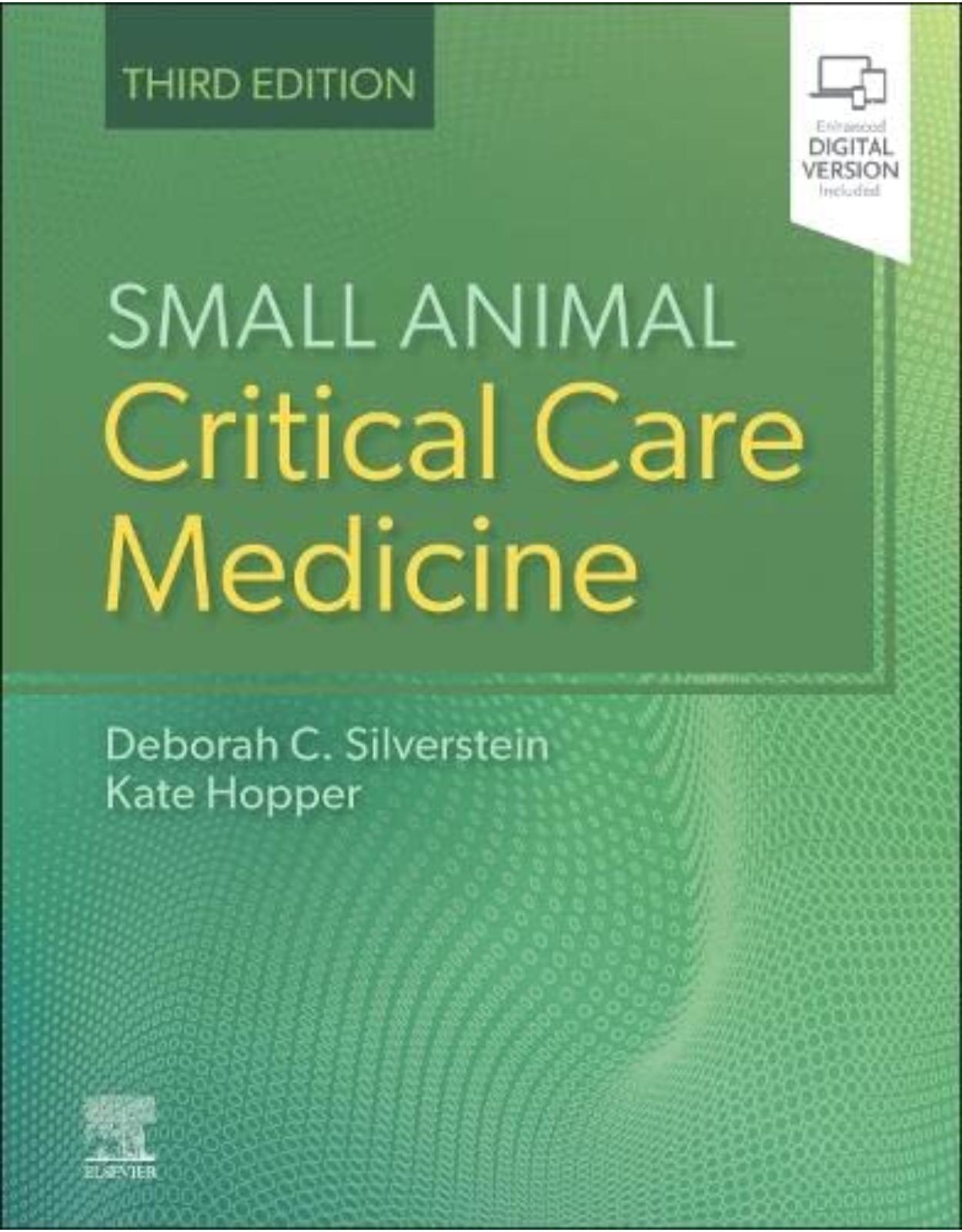

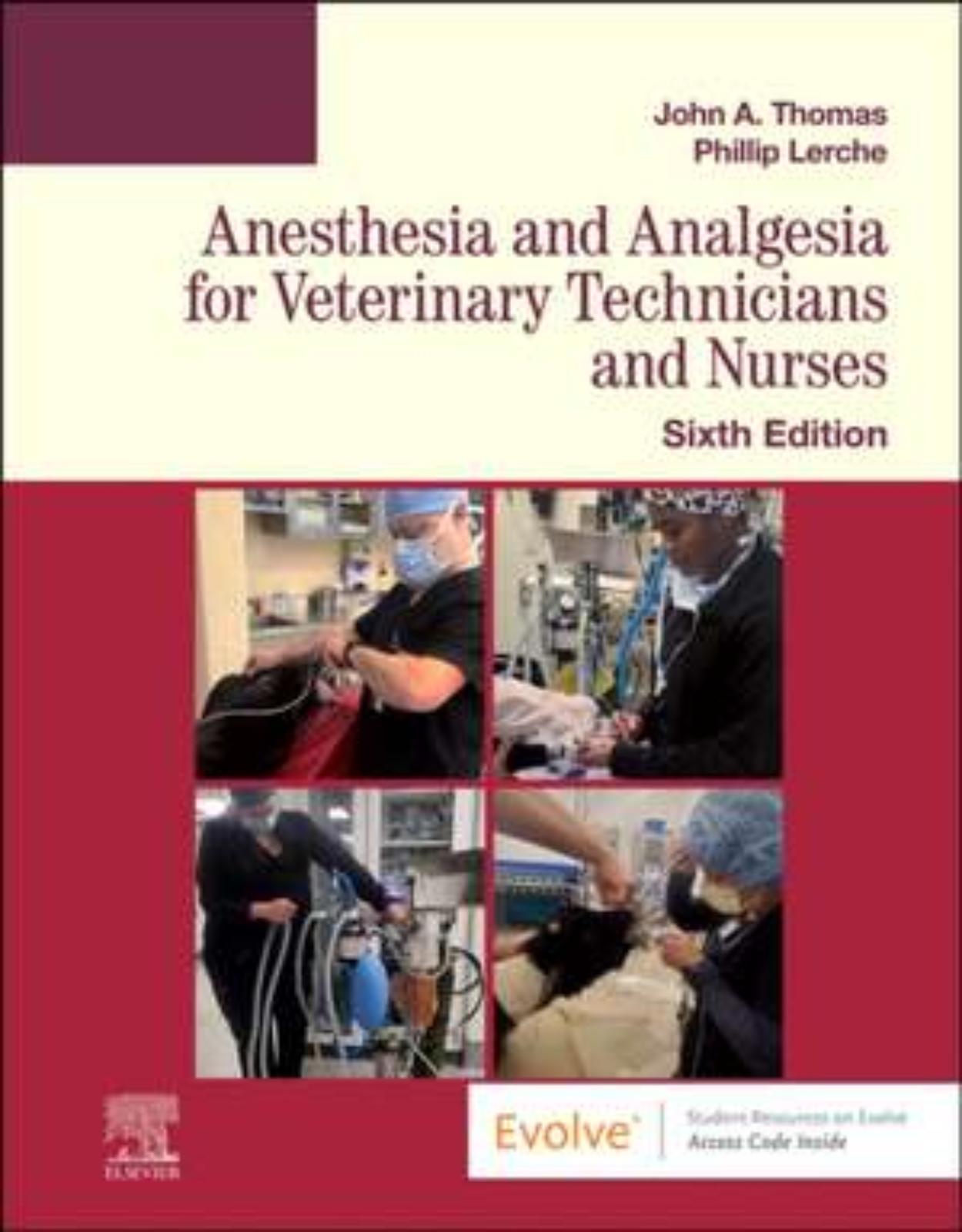
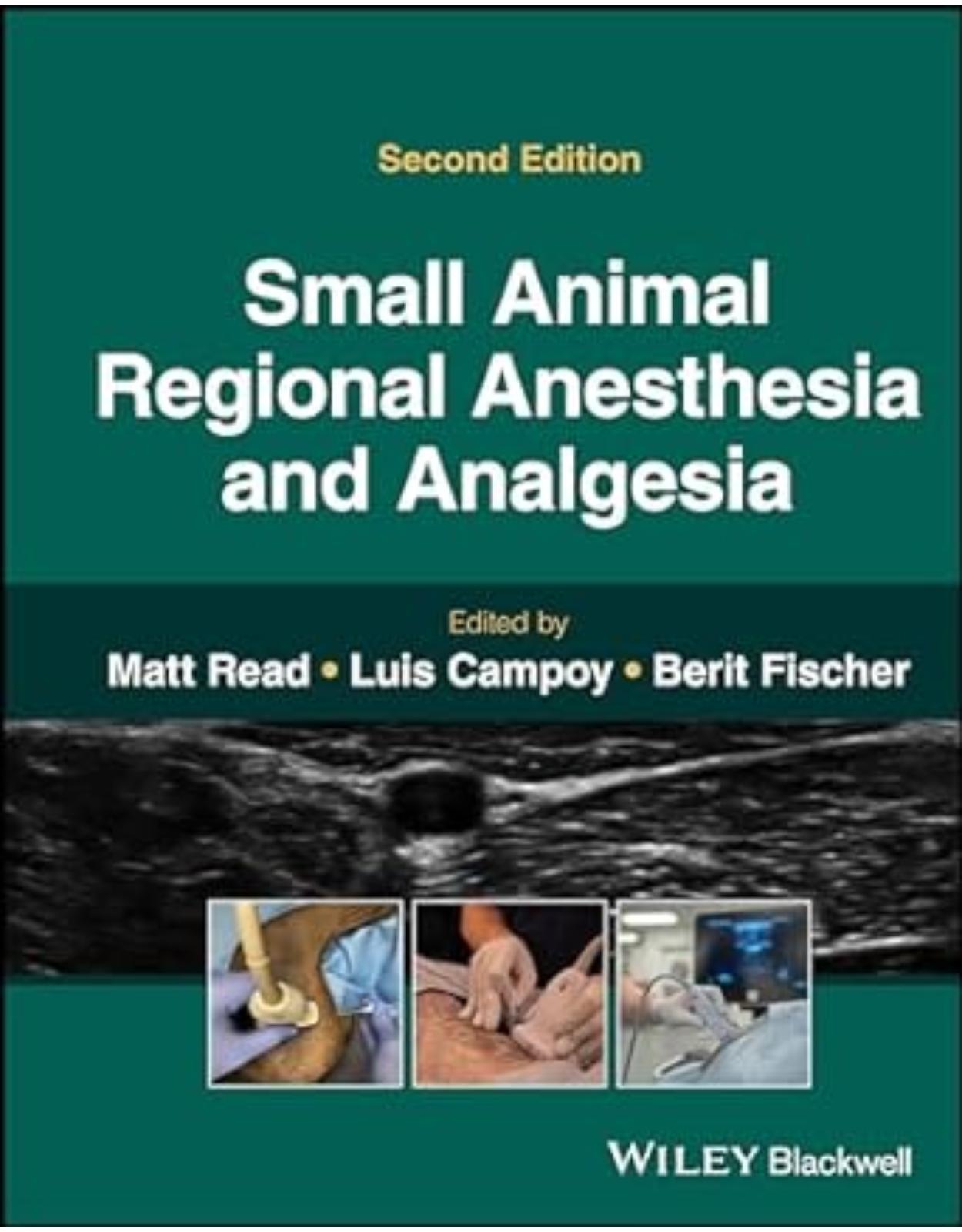

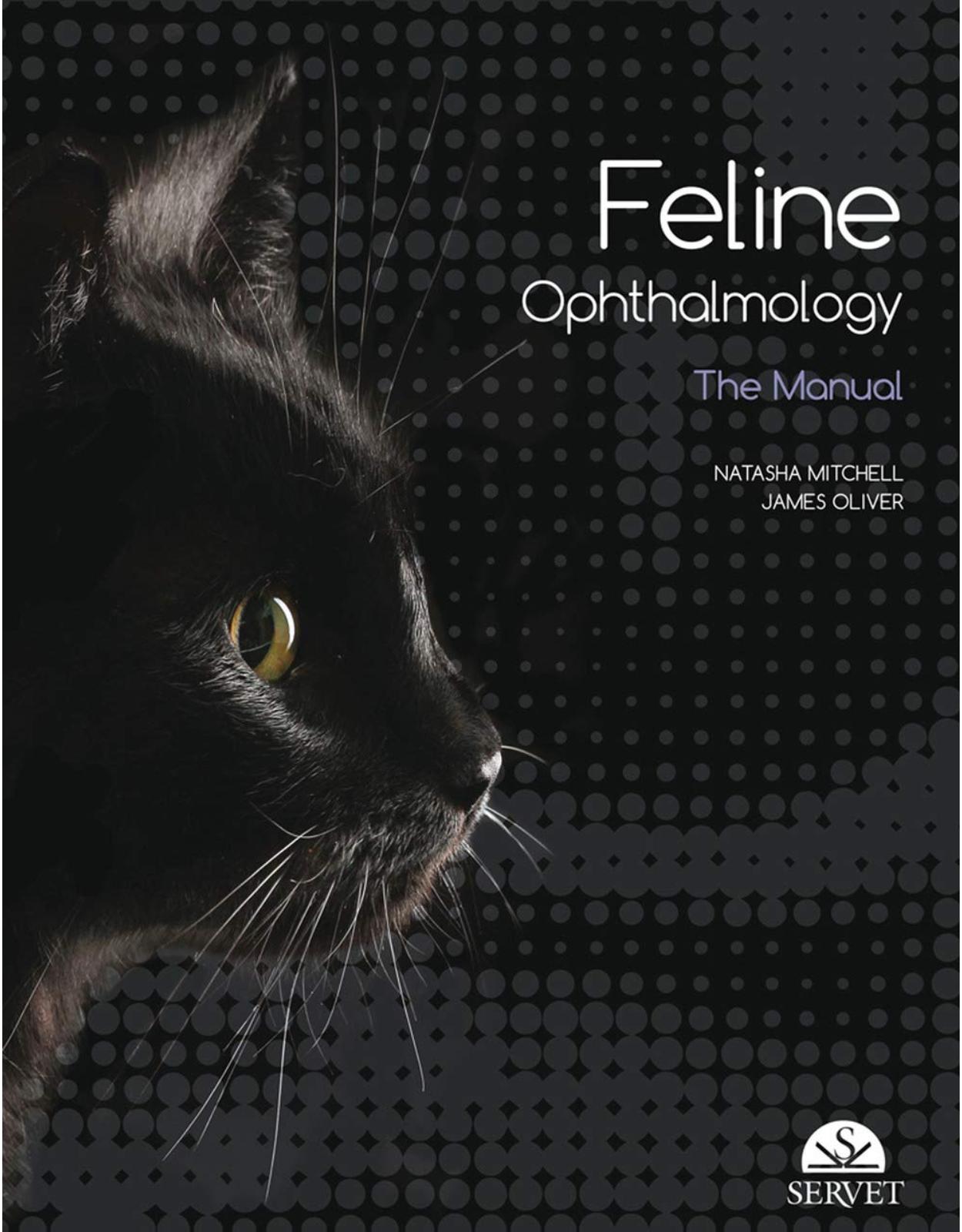
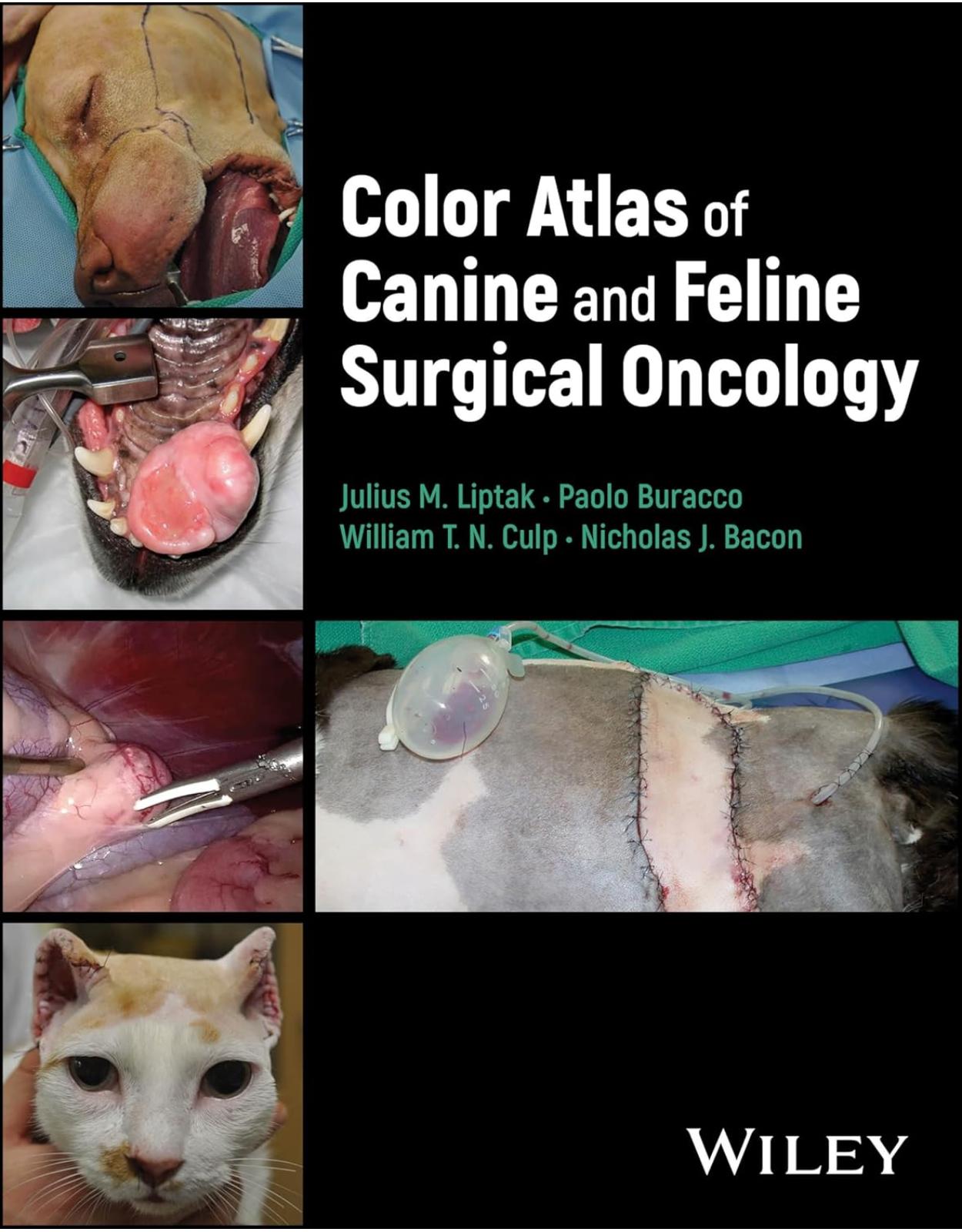
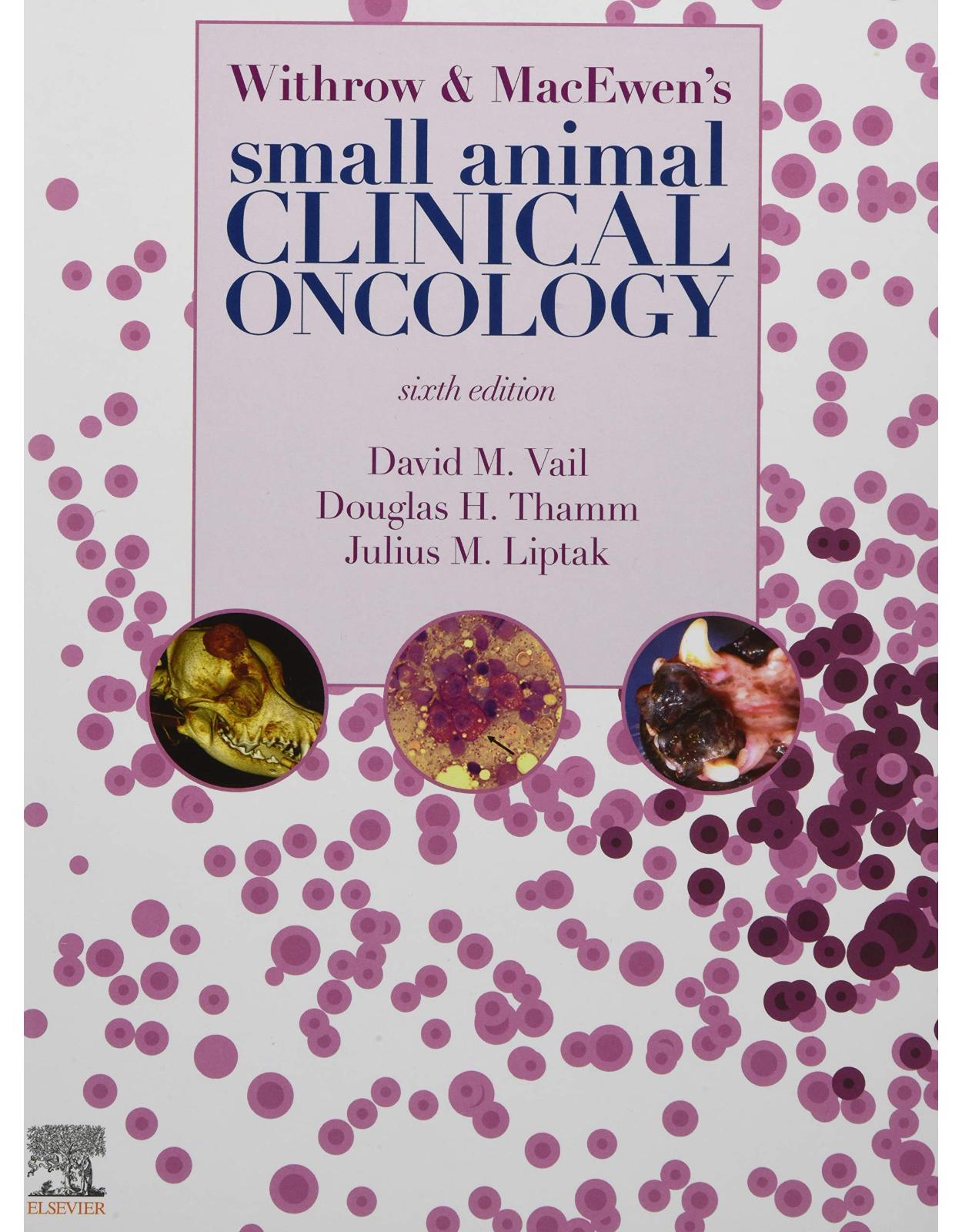
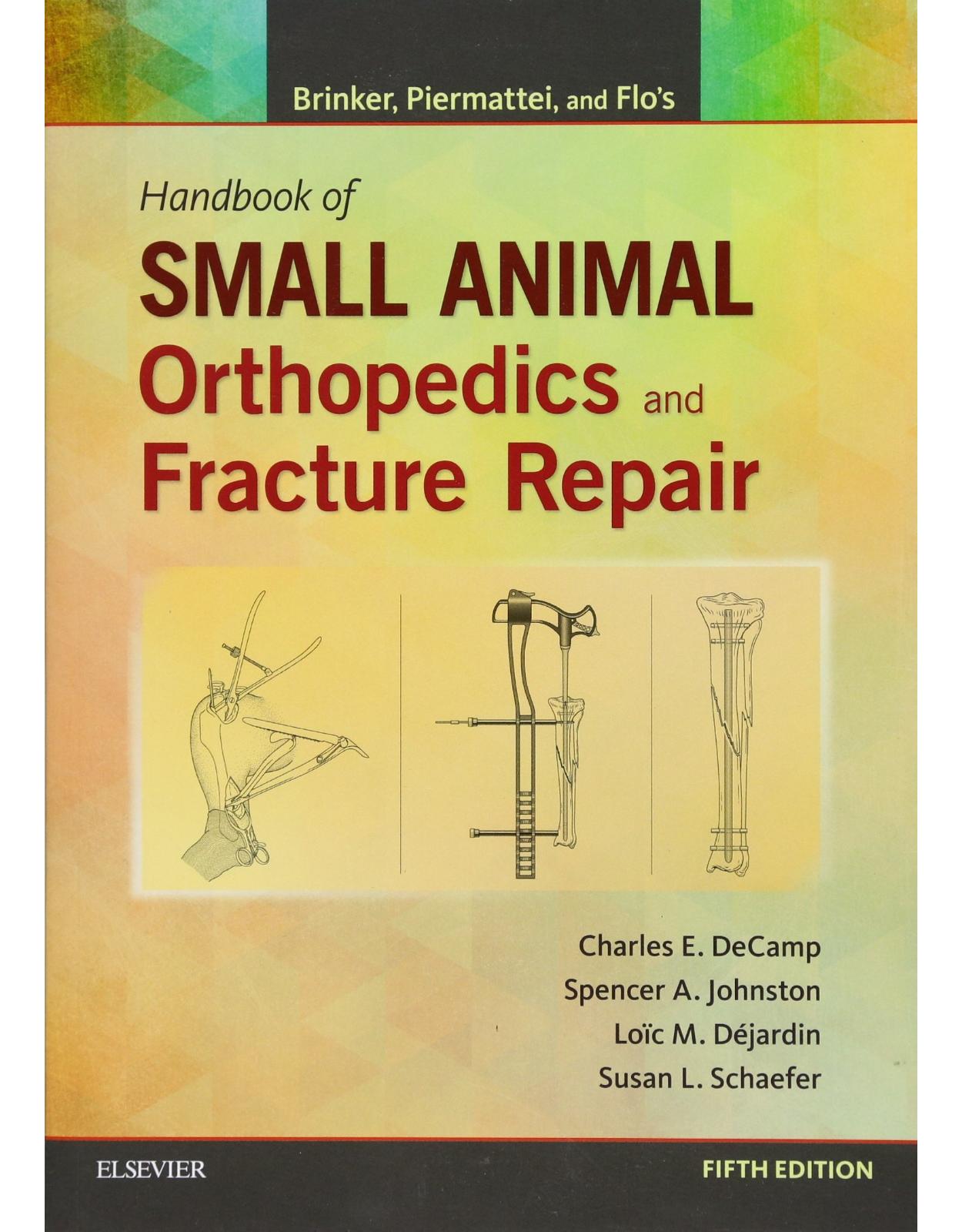
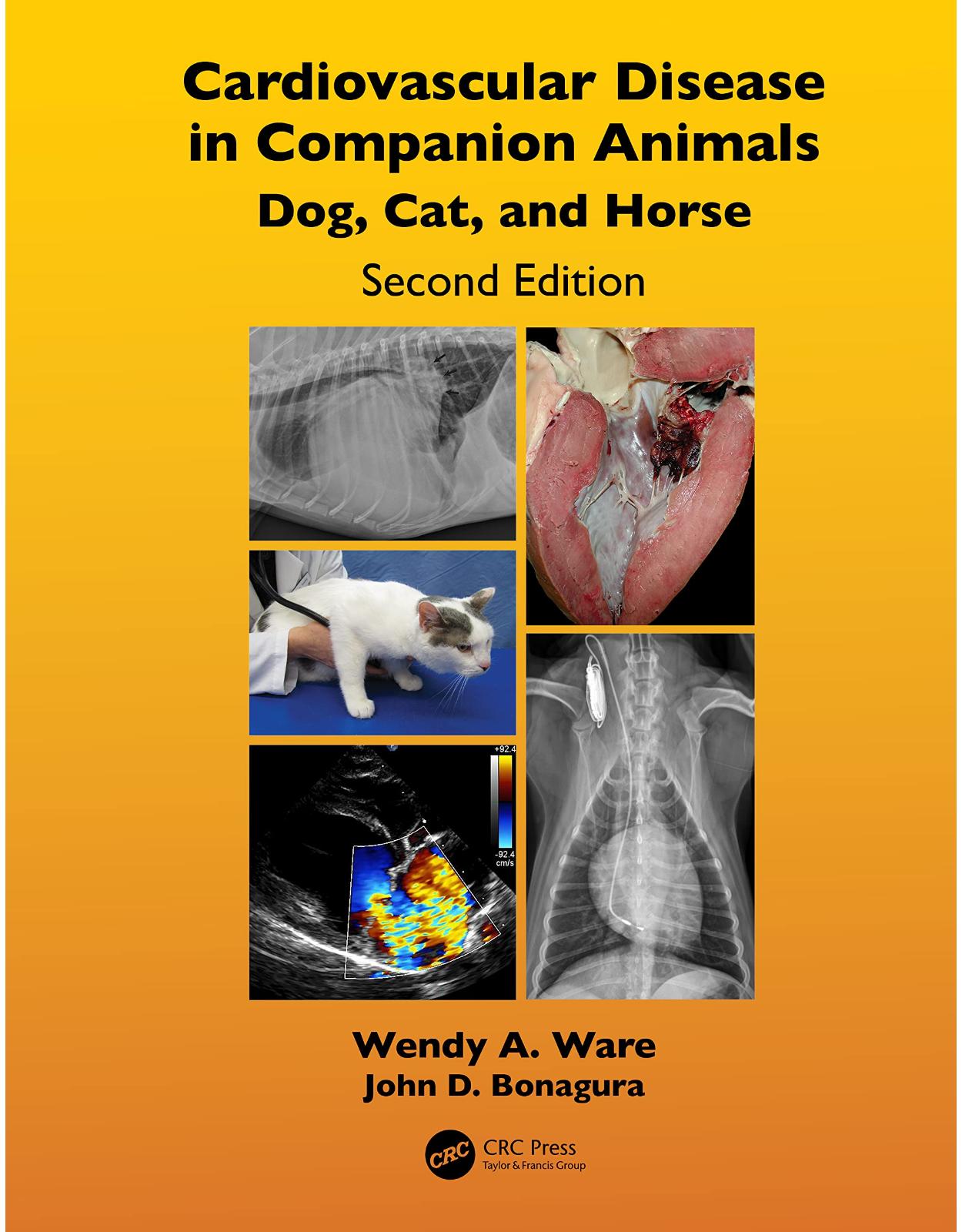
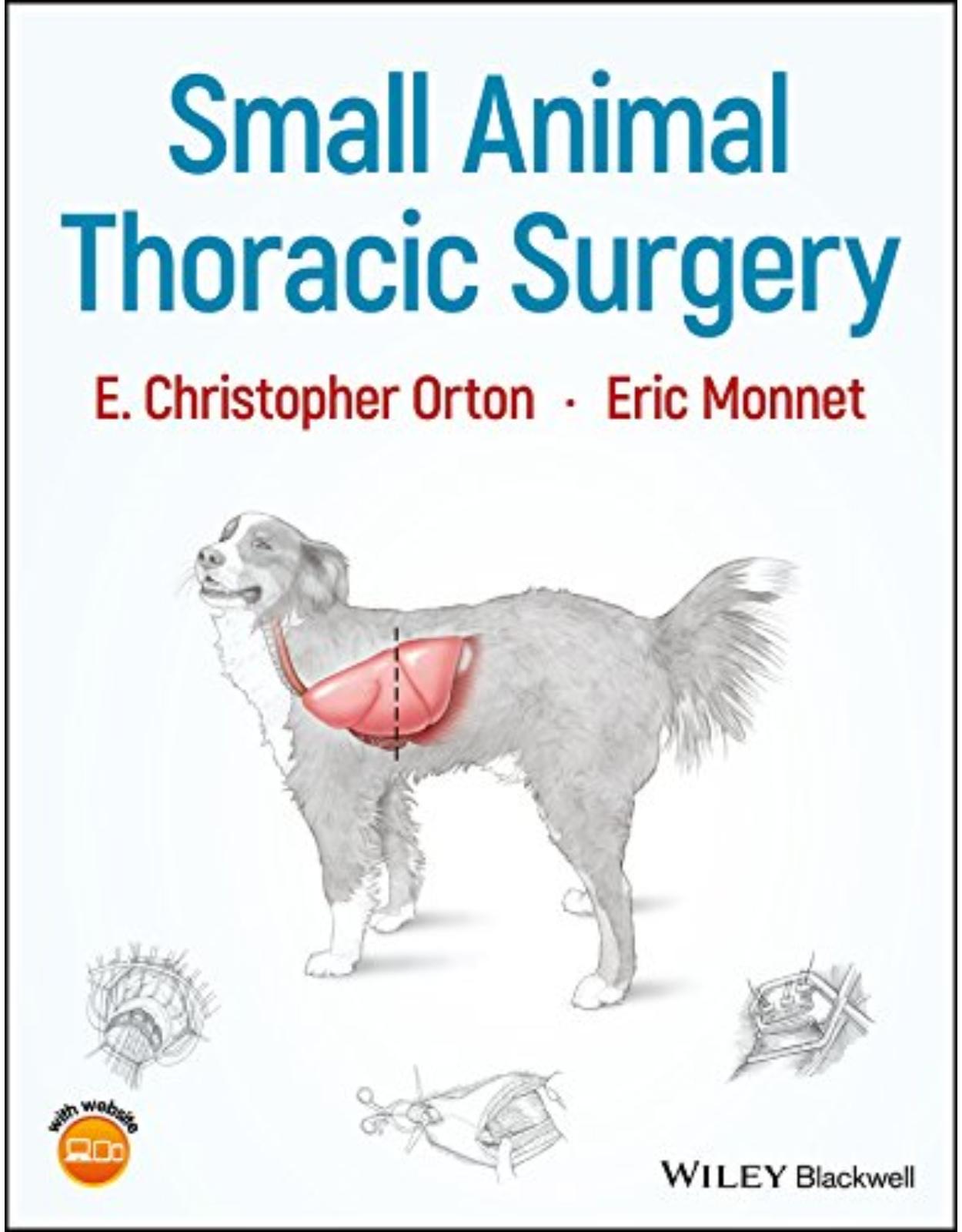

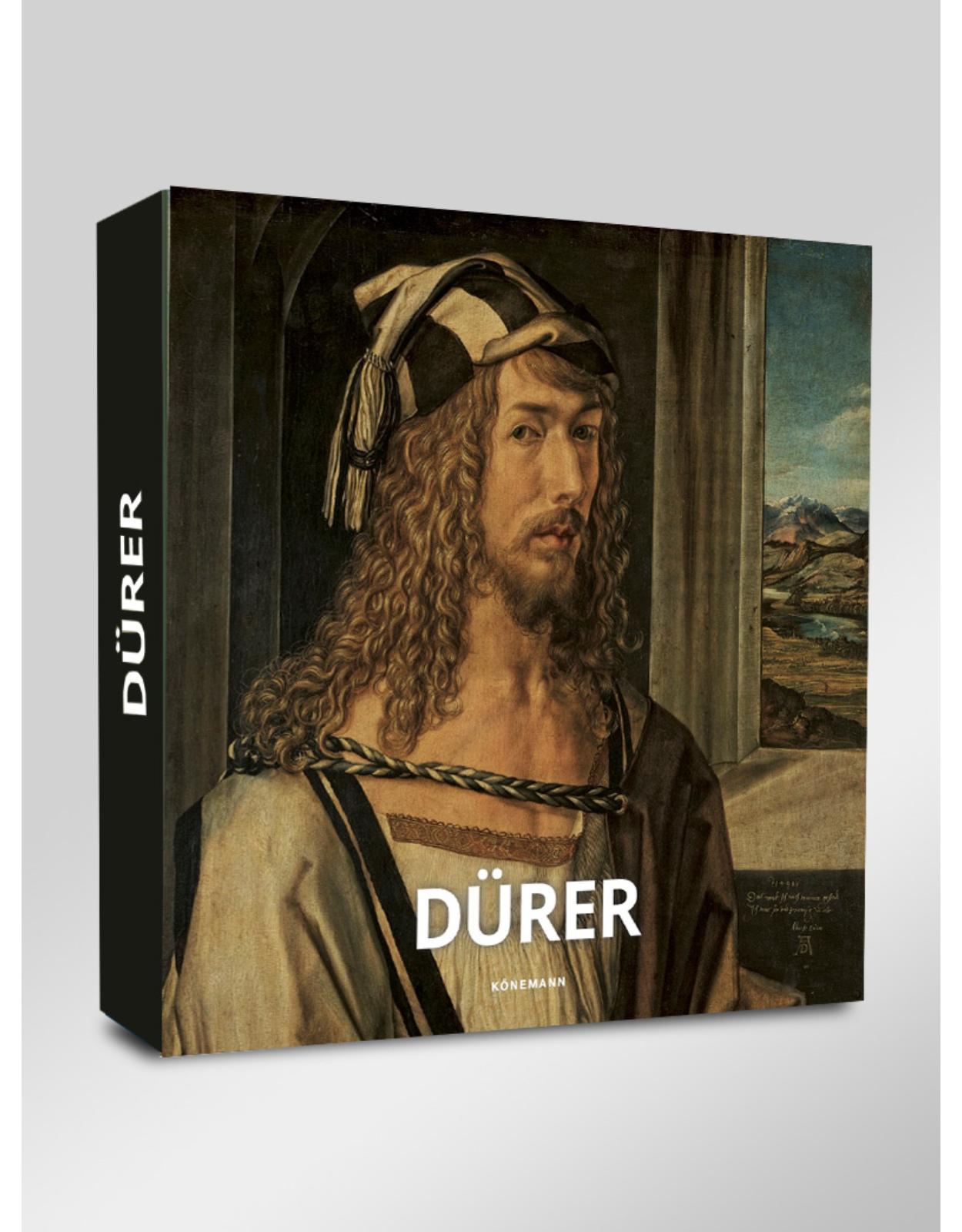
Clientii ebookshop.ro nu au adaugat inca opinii pentru acest produs. Fii primul care adauga o parere, folosind formularul de mai jos.